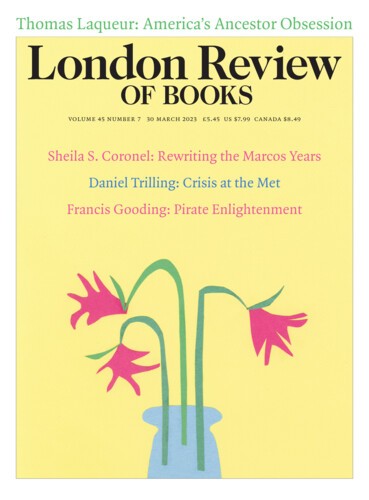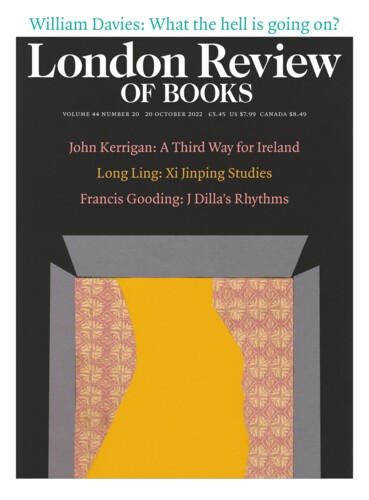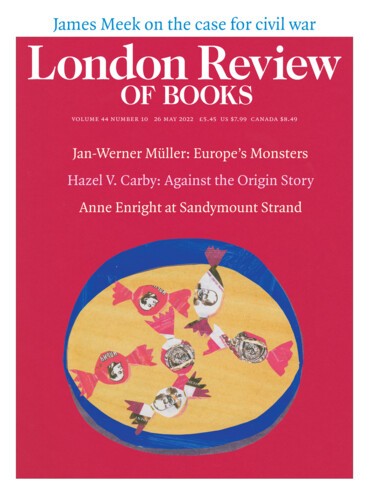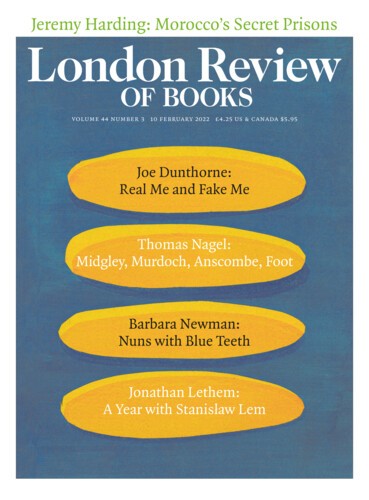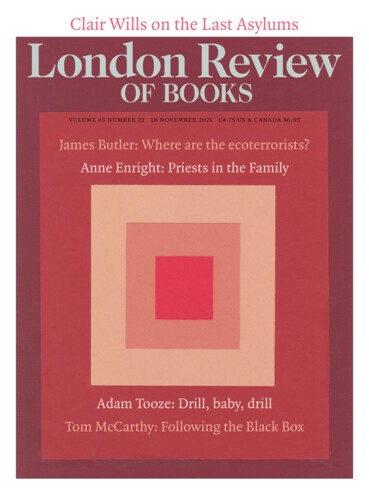When Thieves Retire: Pirate Enlightenment
Francis Gooding, 30 March 2023
Like many other important scientific inventions, the first true recipes for gunpowder were devised in China. The classic cocktail of sulphur, saltpetre and charcoal was known from at least the ninth century CE, though Taoist alchemists, searching for both gold and immortality, had by then been aware of similar preparations for hundreds of years. A very early reference appears in the
